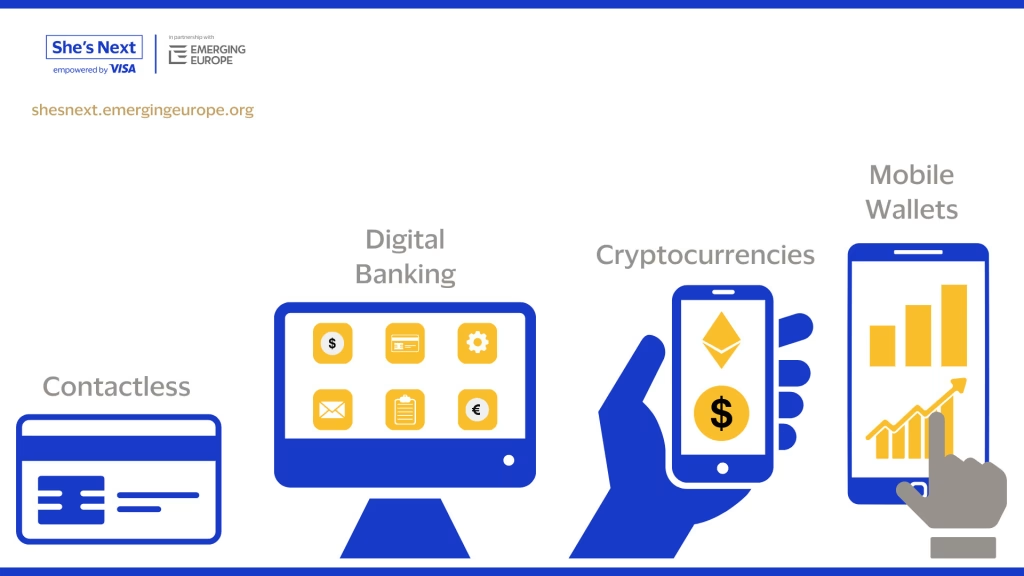
Digital payments and payment services
A modern business cannot survive on cash alone.
It is unsanitary, takes up a decent amount of space, and can be inconvenient to carry around, so most people have resorted to using card payments or wire transfers or other forms of digital payments. It is essential that businesses accept cards and or other types of digital payments because as more people move away from cash they will adopt cards; businesses will have to be ready.
Types of digital payments
Digital payments hold a lot more potential than most customers seem to believe. The main forms of digital payments are card and wire transfers but here are some other types that are starting to rise in popularity in recent years:
Digital wallet – Digital wallets are virtual platforms or apps that allow users to store, manage, and transfer their money along with other forms of currency including crypto.
Cryptocurrencies – Cryptocurrencies are decentralised digital currencies that use blockchain technology. They enable transactions without the need for a middleman like banks.
Digital banking – Digital banking allows the user to use digital technology to conduct their banking activities and financial transactions without the need to visit physical bank branches.
Contactless – Contactless allows many credit cards, debit cards, as well as mobile wallets to make transactions by tapping a card or device on a compatible reader instead of inserting the card and inputting a pin number.
Many people are increasingly opting for these payment methods rather than cash as they possess elements such as quick transactions, heightened security measures, convenience, and an array of additional benefits that enhance the overall payment experience.

Payment Services and Ecosystem. Payment Service Providers (PSPs)
Payment Service Providers (PSPs) are usually financial institutions, or technology companies, that offer a range of services and infrastructure to facilitate electronic payments, transfers, and financial transactions. These services are designed to exchange funds efficiently with enhanced security and provide accessibility to a variety of payment methods, both online and offline.
While Visa primarily operates as a payment network and technology provider, it collaborates with banks, financial institutions, and PSPs to enable the acceptance of Visa payments. Visa’s role is critical in facilitating secure, efficient, and globally accepted digital transactions, making it a fundamental player in the modern digital payment landscape.
The Future of Digital Payments, Trends and Predictions
If we had asked someone fifty years ago what the future of payment will like, there is no way that they could have predicted what we have today, so it is difficult to make predictions about how we will pay in the future. However, one safe prediction to make—based on trends over the past few years—is that payments will become more accessible and user friendly.
With the future of digital payments being such a large part of our future going forward it’s hard to ignore the benefits they will provide to businesses, such as the global reach they have with e-commerce, the streamlined operations they will be able to perform, increased security with payments and much more.
To conclude, it is important to remember that there are many different types of digital payments and they are ever growing and, in a few years, we could be seeing a whole new type of payment system. We recommend that you stay up to date with information about this subject as payment is a part of almost everyone’s day to day life and being on top of payment trends can only benefit your business.
New Free Courses — Made for Ambitious Women Entrepreneurs!
It’s time to grow smarter, adapt faster, and take your business global.
Explore two powerful courses available exclusively to She’s Next members:
The Reinvention Masterclass for Start-up Founders
Beyond Borders: Building for Global Success
Enroll today — it’s free!






Responses